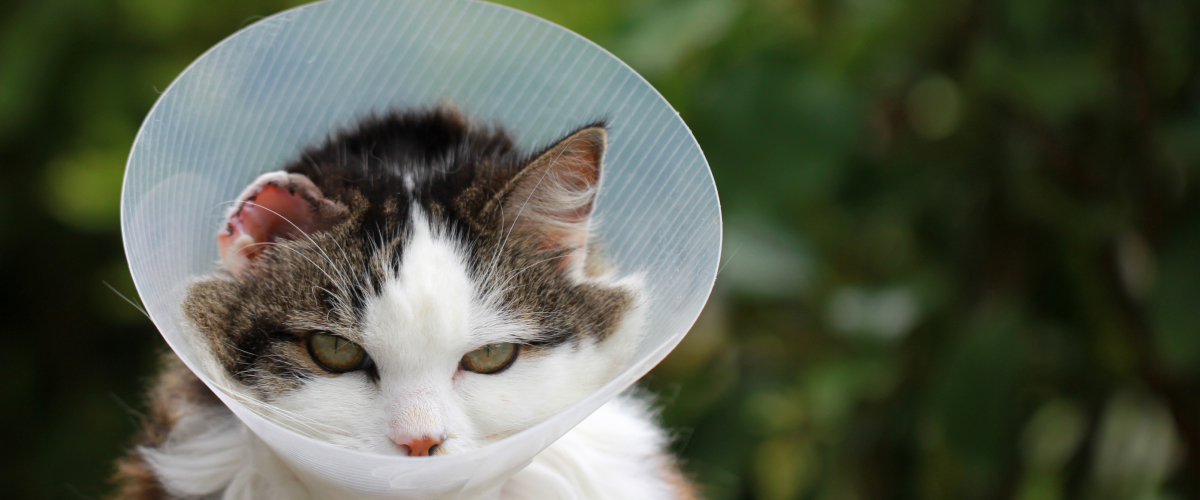Introduction
French Bulldogs, often affectionately called “Frenchies,” are small but sturdy dogs that have captured the hearts of dog lovers worldwide. Their playful personalities, adaptability, and affectionate nature make them an excellent choice for families, singles, and even apartment dwellers. If you’re looking for a loyal and loving pet, learning about French Bulldogs is essential to ensure they’re the right fit for your lifestyle.
History and Origin of French Bulldogs
The French Bulldog’s history dates back to the 1800s when English lace workers brought small bulldogs to France. These dogs were bred with local French breeds, leading to the development of the French Bulldog as we know it today. Over time, their unique appearance and charming personalities gained popularity, making them a beloved breed among aristocrats and working-class families alike.
French Bulldog Appearance and Characteristics
French Bulldogs are instantly recognizable thanks to their:
- Compact and muscular bodies – They typically weigh between 16-28 pounds.
- Bat-like ears – One of their most distinctive features.
- Short, smooth coat – Available in various colors, including brindle, fawn, white, and pied.
- Flat face (brachycephalic structure) – Gives them their adorable expressions but also makes them prone to breathing issues.
French Bulldog Temperament and Personality
French Bulldogs are known for their affectionate and friendly nature. They thrive on human companionship and love being the center of attention. These dogs are intelligent and can be quite stubborn, but their eagerness to please makes training possible with patience and positive reinforcement. Despite their small size, they have a playful, energetic side and enjoy interactive playtime with their owners.
Caring for a French Bulldog
Proper care is essential to keep your Frenchie happy and healthy. Here are some key aspects of French Bulldog care:
1. Diet and Nutrition
A balanced diet is crucial for maintaining your French Bulldog’s health. Choose high-quality dog food rich in protein and essential nutrients. Be mindful of portion sizes, as Frenchies are prone to obesity.
2. Exercise Needs
French Bulldogs don’t require excessive exercise, but daily walks and playtime help keep them active. Due to their brachycephalic nature, avoid strenuous activities, especially in hot weather, as they are prone to overheating.
3. Grooming
Their short coat is easy to maintain with regular brushing. However, cleaning their facial folds is essential to prevent infections. Regular ear cleaning and nail trimming should also be part of their grooming routine.
4. Health Considerations
French Bulldogs are prone to certain health issues, including:
- Brachycephalic Airway Syndrome – Can cause breathing difficulties.
- Hip Dysplasia – A common joint issue.
- Allergies – Can be food or environmental-related.
- Skin Infections – Due to their wrinkles, which require regular cleaning.
Regular vet check-ups can help catch potential health problems early and keep your Frenchie in the best shape possible.
Are French Bulldogs Right for You?
French Bulldogs make wonderful companions, but they require proper care, attention, and medical oversight. Their friendly nature and adaptability make them ideal pets for many homes, but potential owners should be aware of their health challenges and grooming needs. If you’re prepared for the commitment, a French Bulldog can be a loving and entertaining addition to your family.
Conclusion
French Bulldogs are a delightful breed known for their charm, intelligence, and affectionate nature. Whether you’re a first-time dog owner or an experienced pet parent, understanding their history, temperament, and care requirements will help you provide the best life for your Frenchie. If you’re considering adopting one, make sure to choose a reputable breeder or consider adoption from a rescue organization.










